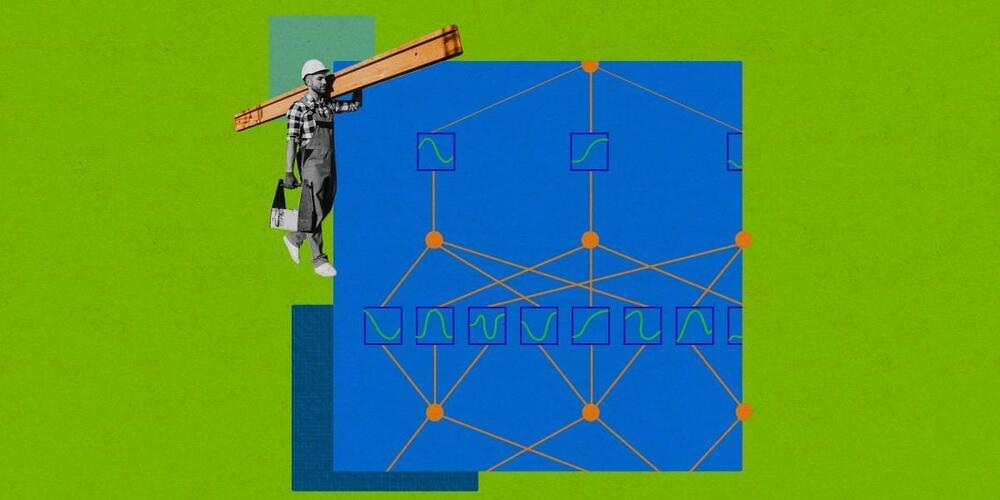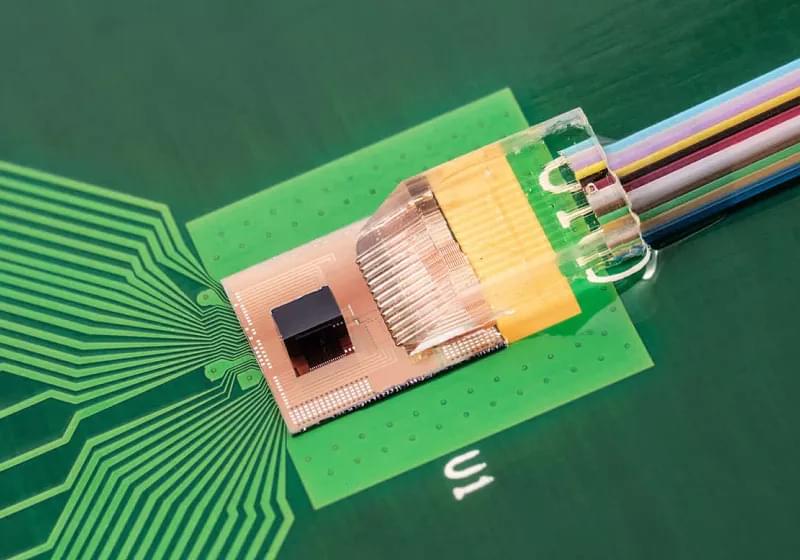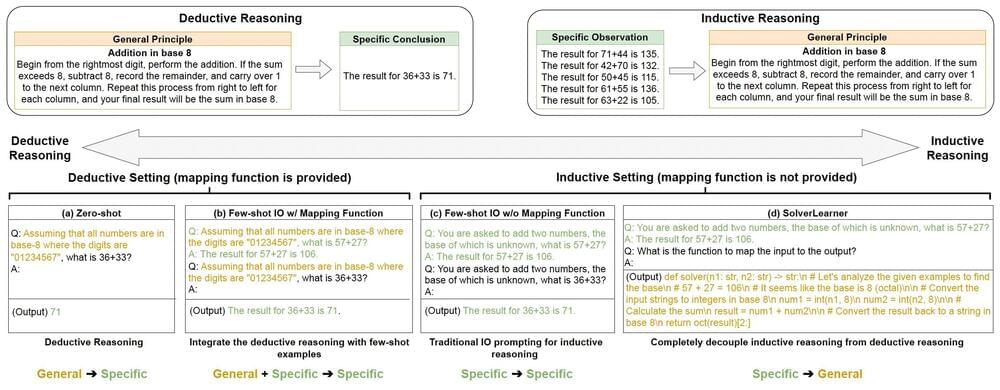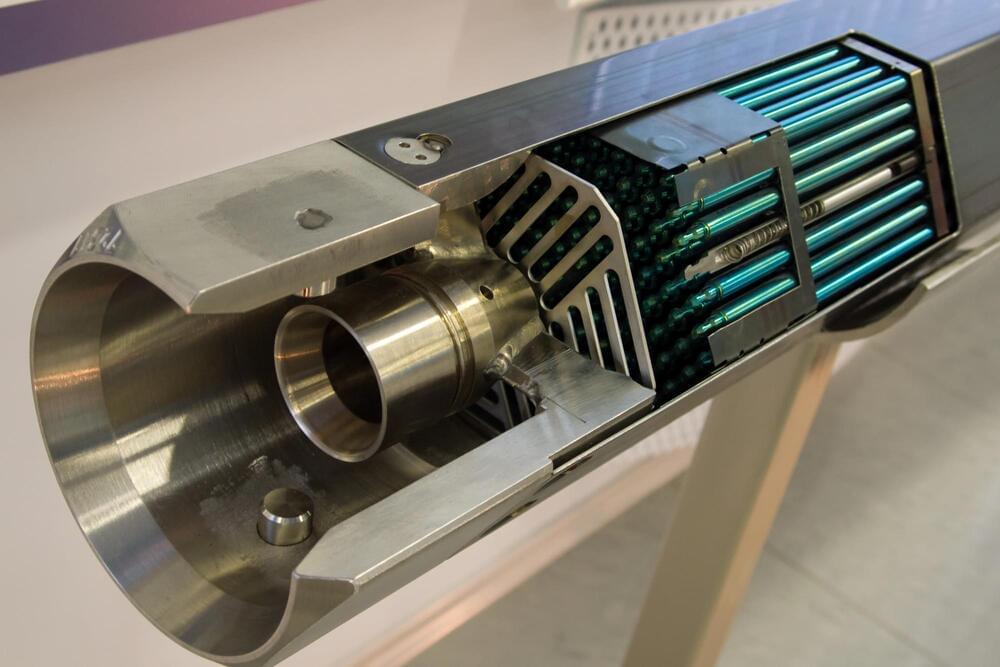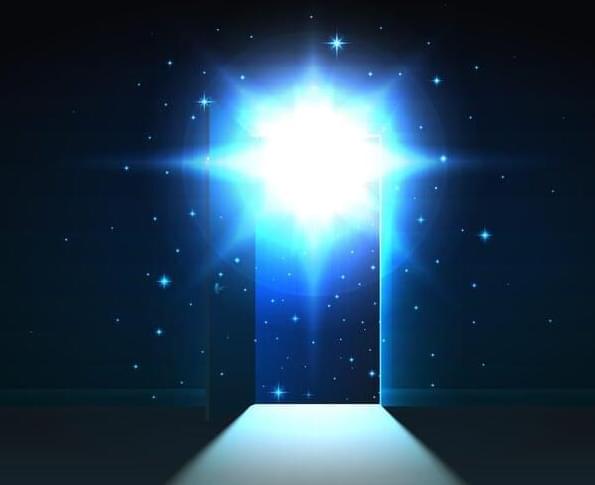Metamaterials have recently garnered substantial research interest as they can be engineered to achieve materials properties not found in nature, thus presenting unique opportunities across various fields. In order to facilitate the rational design of metamaterials, computational methods have been widely employed, but not without numerous challenges yet to be addressed. This Focus highlights recent advancements, challenges, and opportunities in computational models for metamaterials design and manufacturing, as well as explores their potential promises in emerging information processors and computing technologies.

